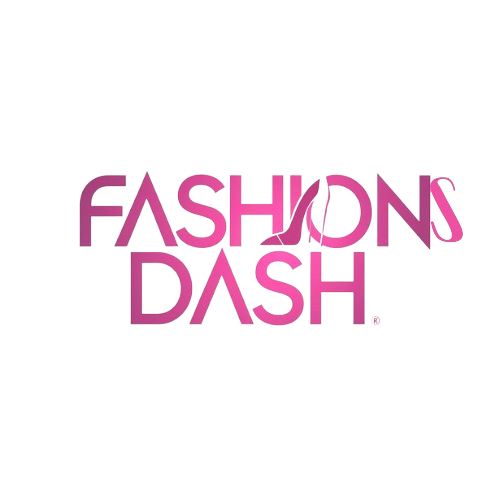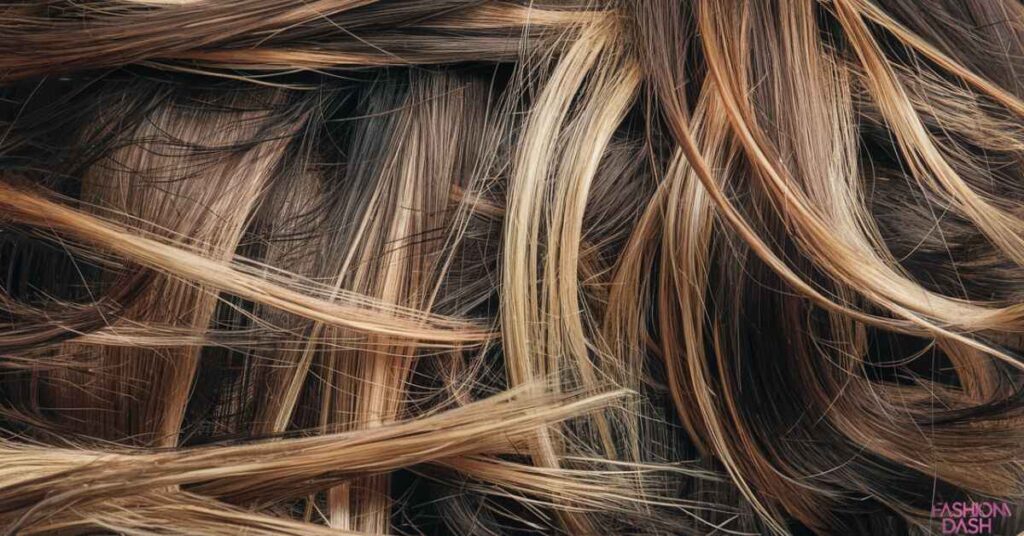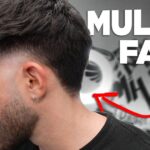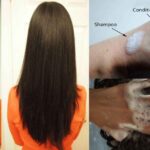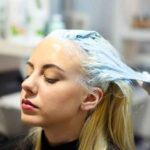Chemically treated hair is prone to damage from the harsh ingredients used in coloring, perming, relaxing, and straightening processes. Signs include excessive dryness, brittleness causing breakage, discoloration, and fading.
The chemicals strip away natural oils and moisture, leaving hair rough, dull, and lifeless. Proper aftercare with moisturizing products is crucial to replenish hydration. Limiting chemical treatments and using bond-repair products can also help rebuild strength and prevent further degradation of the hair’s structure.
What Does Damaged Hair Look Like?
Damaged hair can manifest in several ways, each signaling that your strands are in dire need of some TLC. Here are some of the most common signs to watch out for:
Split Ends and Frayed Strands
One of the most noticeable indicators of damaged hair is the presence of split ends. These occur when the protective outer layer of the hair cuticle becomes compromised, causing the ends to fray and split into two or more strands. Split ends not only look unsightly but can also travel up the hair shaft, leading to further breakage and damage if left untreated.
Excessive Dryness and Lack of Shine
Healthy hair should have a natural shine and softness to it. However, when the hair cuticle is damaged, it loses its ability to retain moisture effectively. This results in excessively dry, rough, and straw-like strands that lack luster and vibrancy. Dry hair is not only challenging to style but also more prone to breakage and split ends.
Increased Breakage and Shedding
While it’s normal to shed between 50 and 100 strands of hair per day, excessive breakage and shedding can be a clear sign of damage. Damaged hair is often brittle and lacks the elasticity to withstand everyday styling and brushing, leading to increased breakage and potentially even thinning or balding in severe cases.
Read This Blog: CAN YOU BLEACH HAIR WET
Unruly Frizz and Lack of Manageability
When the hair cuticle is compromised, it struggles to regulate moisture levels effectively. This imbalance can result in unruly frizz and a general lack of manageability, making it challenging to style your hair smoothly or maintain defined curls or waves. If your once sleek strands have taken on a mind of their own, damage could be the culprit.
Common Causes of Hair Damage
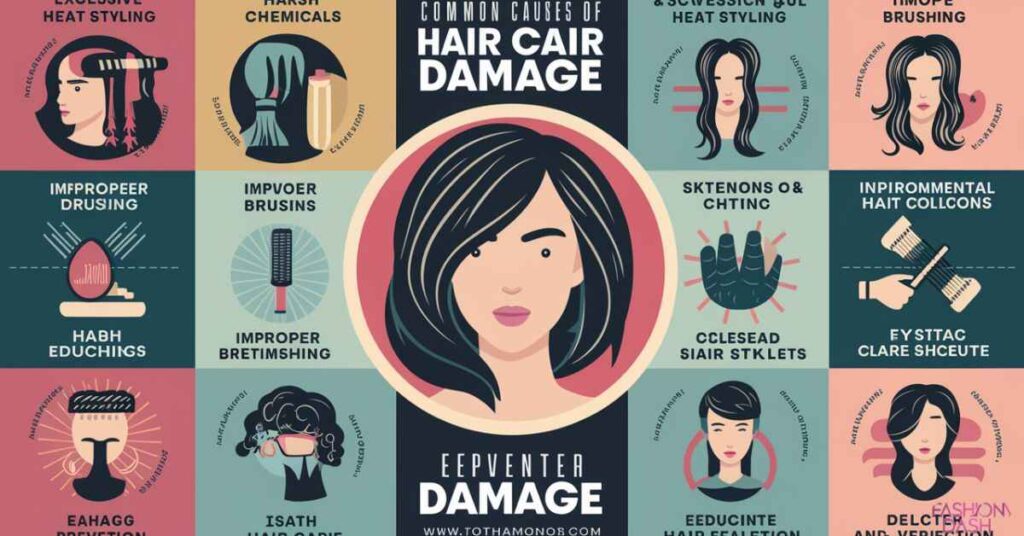
Understanding what causes hair damage is essential for preventing and addressing the issue effectively. Here are some of the most common culprits:
Heat Styling
Overusing hot tools like flat irons, blow dryers, and curling wands can wreak havoc on your hair. The intense heat from these styling tools can strip your strands of moisture, weaken the hair cuticle, and lead to breakage, split ends, and dryness. While occasional heat styling is generally safe, it’s crucial to use a heat protectant and avoid overexposure to minimize damage.
Chemical Treatments
Processes like coloring, perming, and relaxing involve harsh chemicals that can compromise the hair’s structure and integrity. These treatments can cause the hair cuticle to lift, leading to moisture loss, breakage, and even color fading over time. It’s essential to follow the instructions carefully and give your hair a break between chemical treatments to prevent excessive damage.
Environmental Stressors
Factors like sun exposure, pollution, and hard water can also take a toll on your hair’s health. UV rays from the sun can cause discoloration, dryness, and brittleness, while pollutants and minerals in hard water can build up on the hair, making it dull and lifeless. Protecting your hair from these environmental stressors is key to maintaining its integrity.
Mechanical Damage
Being too rough with your hair during styling or detangling can also lead to damage. Excessive brushing, tight hairstyles, and vigorous towel-drying can cause physical stress on the hair strands, resulting in breakage, split ends, and frizz. It’s crucial to be gentle when handling your hair, especially when it’s wet and more vulnerable to damage.
Repairing Damaged Hair
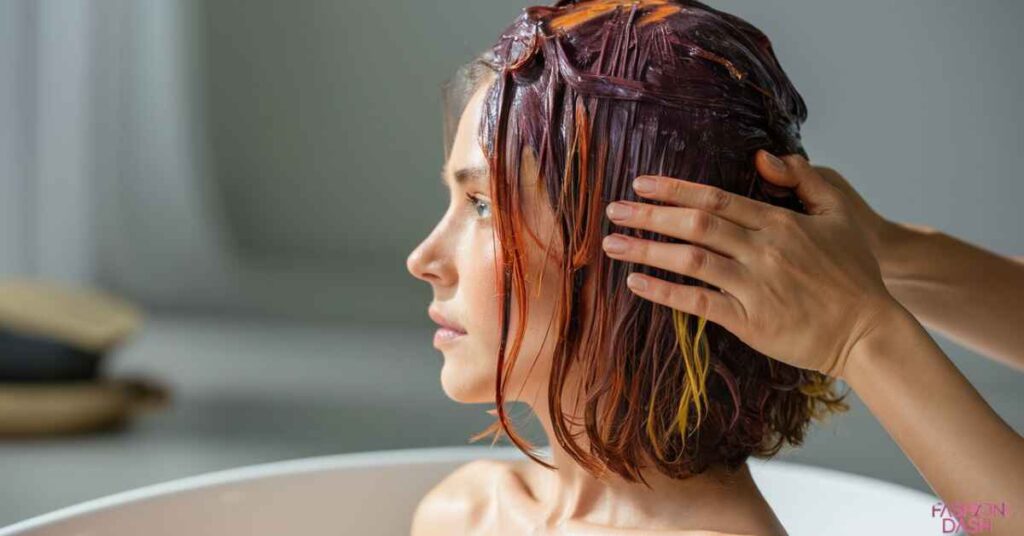
If you’ve noticed signs of damage, don’t despair! There are several effective strategies you can employ to repair and restore your hair’s health and beauty.
Using Bond-Repair/Strengthening Products
One of the most effective ways to combat damage is by using bond-repair or strengthening products specifically designed to rebuild and fortify the hair’s structure. These products work by penetrating the hair shaft and repairing the broken bonds that contribute to weakness, breakage, and dryness. Look for products containing ingredients like citric acid, keratin, and amino acids, which can help strengthen and protect your strands.
Some highly recommended bond-repair products include.
- L’Oréal Paris EverPure Sulfate Free Bond Repair Shampoo with Citric Acid
- L’Oréal Paris EverPure Sulfate Free Bond Repair Conditioner with Citric Acid
- L’Oréal Paris EverPure Bond Strengthening Pre-Shampoo Treatment
Getting Regular Trims
While it might seem counterintuitive, getting regular trims is essential for maintaining healthy hair and preventing further damage. Split ends have a tendency to travel up the hair shaft, causing more breakage and fraying. By trimming off the damaged ends every 6 to 8 weeks, you can effectively prevent splits from spreading and keep your hair looking its best.
Deep Conditioning Treatments
Damaged hair is often severely dehydrated and in desperate need of moisture replenishment. Deep conditioning treatments can help restore essential moisture and improve manageability, making your hair feel softer, smoother, and more resilient. Look for deep conditioners containing nourishing ingredients like argan oil, shea butter, and coconut oil, or try a homemade hair mask using avocado, honey, and olive oil.
Protecting Hair While You Repair
While you’re working on repairing your damaged hair, it’s crucial to take steps to protect it from further harm. Avoid excessive heat styling, chemical treatments, and rough handling until your hair has had a chance to recover. Embrace heatless, tension-free hairstyles like braids, buns, and low ponytails to minimize stress on your strands.
Also Read This Blog: IS SUAVE GOOD FOR YOUR HAIR
How to Know If Your Hair Is Damaged
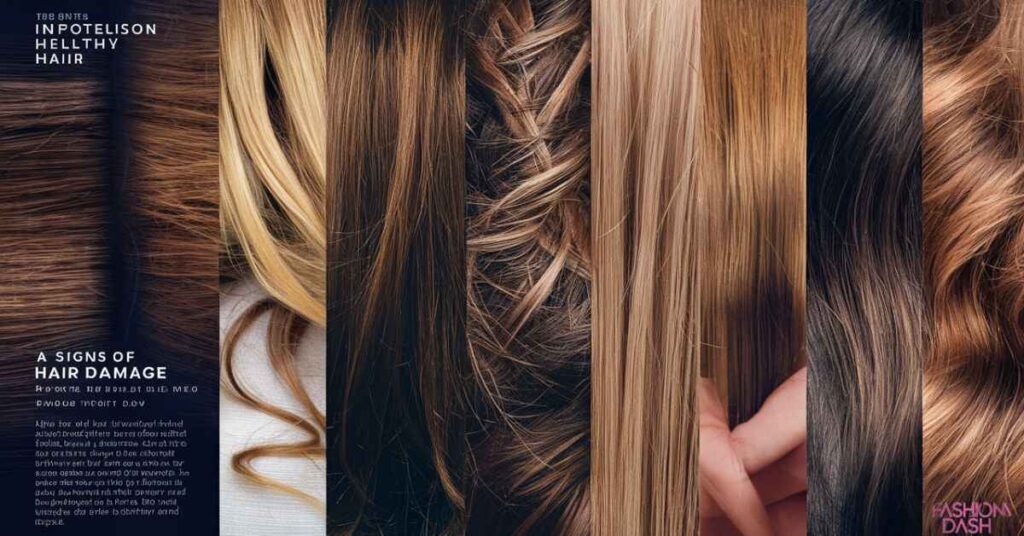
Identifying the signs of damage early on is crucial for taking the necessary steps to repair and prevent further harm to your hair. Here are some key indicators to watch out for.
- Split ends: When the ends of your hair strands split or fray into two or more sections, it’s a clear sign of damage.
- Dry, brittle texture: Healthy hair should feel soft and smooth to the touch. If your strands feel rough, dry, and straw-like, it could be a sign of damage and moisture loss.
- Excessive shedding and breakage: While some hair shedding is normal, if you’re noticing an unusual amount of hair falling out or breaking off, it could indicate damage.
- Lack of elasticity: Healthy hair should have a certain degree of stretch and bounce back to its original shape. If your hair feels limp and lacks elasticity, it may be damaged.
- Tangling and matting: Damaged hair is more prone to tangling and matting, making it challenging to comb or brush through.
- Dullness and fading color: Damage can cause your hair to lose its luster and vibrancy, making it appear dull and lifeless. Color-treated hair may also experience fading or brassiness.
If you’re experiencing any of these signs, it’s essential to take action to repair and strengthen your hair before the damage worsens.
Damaged Hair Men
Hair damage isn’t just a concern for women; men can also experience hair damage due to various factors. Some common causes of damaged hair in men include.
- Frequent use of hair styling products, especially those containing harsh chemicals or alcohol
- Heat styling tools like blow dryers and flat irons
- Chemical treatments like coloring or perming
- Environmental stressors like sun exposure, pollution, and hard water
- Harsh shampoos and hair care products
Damaged hair in men may appear dull, dry, brittle, and prone to breakage. It may also have split ends, frizz, and a lack of volume or body. To address damaged hair
Damaged Curly Hair

Curly hair is particularly prone to damage due to its delicate structure and natural dryness. Here are some common signs of damaged curly hair and tips for addressing it:
Signs of Damage
- Split ends and breakage: The twists and turns of curly hair make it more susceptible to split ends and breakage, especially if it’s dry or over-manipulated.
- Frizz: Damaged cuticles on curly hair can lead to frizz and a lack of curl definition, as the hair struggles to retain moisture.
- Dryness and roughness: Curly hair naturally lacks moisture, and when it’s damaged, it can feel excessively dry, rough, and straw-like to the touch.
How to Repair
- Use moisture-rich products: Curly hair thrives on moisture, so use hair care products formulated with nourishing ingredients like shea butter, coconut oil, and glycerin to replenish hydration.
- Gentle detangling: Curly hair is prone to tangling, but being too rough when detangling can lead to breakage. Use a wide-tooth comb or your fingers, and detangle gently when hair is wet and coated with a slip-enhancing conditioner or detangler.
- Deep conditioning treatments: Regular deep conditioning treatments can help restore moisture, strength, and elasticity to damaged curly hair.
- Protect from environmental factors: Use products with UV protection and limit exposure to sun, wind, and other environmental stressors that can dry out and damage curly hair.
Heat Damaged Hair
Excessive heat from styling tools like flat irons, blow dryers, and curling wands is one of the leading causes of hair damage. Here’s what heat-damaged hair looks like and how to prevent and repair it:
Signs of Heat Damage
- Dryness and brittleness: Heat can cause the hair cuticle to lift, leading to moisture loss and making strands feel dry, rough, and brittle.
- Split ends and breakage: Excessive heat weakens the hair’s structure, causing it to become thin, fragile, and prone to splitting and breaking.
- Dullness and discoloration: Heat can strip hair of its natural oils and pigments, leaving it looking dull, lifeless, and discolored.
Preventing Heat Damage
- Use heat protectants: Always apply a heat protectant product before using hot styling tools to create a barrier against damage.
- Limit heat exposure: Minimize the use of hot tools and opt for heatless styling techniques whenever possible.
- Use the lowest effective heat setting: If you must use hot tools, keep the temperature as low as possible to achieve your desired style.
Repairing Heat Damage
- Deep conditioning treatments: Replenish moisture and nourish hair with regular deep conditioning treatments.
- Bond repair products: Look for products containing ingredients like keratin and amino acids that can help rebuild and strengthen the hair’s structure.
- Get regular trims: Trimming off split and damaged ends can help prevent further breakage and encourage healthy growth.
Perm Damaged Hair
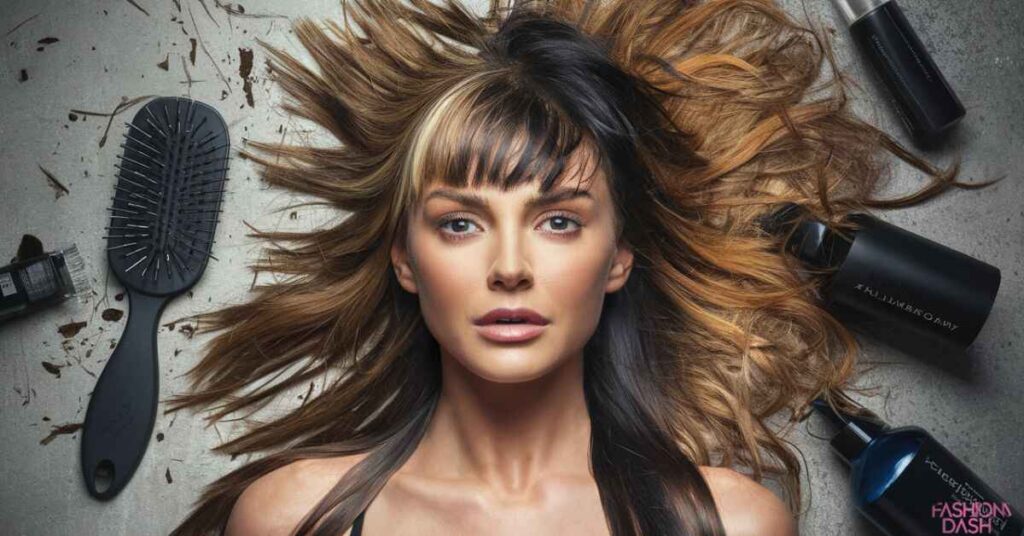
Perms, or chemical straightening treatments, can be harsh on hair and lead to significant damage if not done properly. Here’s what to look for and how to care for perm-damaged hair:
Signs of Perm Damage
- Excessive dryness and brittleness: The chemicals used in perms can strip hair of its natural oils, leaving it dry, rough, and prone to breakage.
- Frizz and lack of manageability: Damaged cuticles can cause frizz and make hair difficult to style or maintain its desired shape.
- Split ends and breakage: The chemical process can weaken the hair’s structure, leading to splitting and snapping off.
Caring for Perm-Damaged Hair
- Use gentle, moisturizing products: Look for sulfate-free shampoos and conditioners specifically formulated for damaged or chemically-treated hair.
- Deep condition regularly: Weekly deep conditioning treatments can help replenish moisture and improve manageability.
- Avoid excessive heat and chemical treatments: Give your hair a break from further chemical processing and limit heat styling until it has had a chance to recover.
- Consider a protein treatment: Perm-damaged hair can benefit from a protein treatment to help rebuild and strengthen the hair’s structure.
Damaged Relaxed Hair
Relaxers are chemical treatments used to straighten naturally curly or coily hair. While effective, they can also lead to significant damage if not applied and maintained properly.
Signs of Damage
- Dryness and breakage: The chemicals in relaxers can strip hair of its natural oils, leading to excessive dryness, brittleness, and breakage.
- Thinning and shedding: Damaged hair is more prone to shedding and thinning, especially along the hairline and at the nape of the neck.
- Lack of elasticity: Healthy hair should have a certain level of stretch and bounce back to its original shape. Relaxed hair that lacks elasticity is likely damaged.
Caring for Damaged Relaxed Hair
- Use moisturizing products: Look for sulfate-free shampoos, conditioners, and leave-in treatments formulated for chemically-treated or relaxed hair.
- Deep condition regularly: Weekly deep conditioning treatments can help replenish moisture and improve manageability.
- Limit chemical treatments: Give your hair a break from relaxers and other chemical processes until it has had a chance to recover.
- Protect from heat and mechanical damage: Minimize heat styling and be gentle when detangling and manipulating relaxed hair.
Damaged Hair Strand
A damaged hair strand refers to an individual hair fiber that has lost its natural structure and strength due to various factors like heat, chemicals, or environmental stressors.
Signs of a Damaged Hair Strand
- Split or frayed ends: The ends of a damaged hair strand may appear split or frayed, indicating cuticle damage.
- Dryness and roughness: A damaged strand will feel dry, rough, and lacking in moisture and elasticity.
- Discoloration or dullness: Heat, sun exposure, and chemical damage can cause individual strands to appear discolored or dull.
Caring for Damaged Strands
- Use bond repair products: Look for products containing ingredients like keratin and amino acids that can help rebuild and strengthen individual strands.
- Deep conditioning treatments: Regular deep conditioning can help nourish and moisturize damaged strands.
- Gentle handling: Be cautious when detangling, brushing, or styling to avoid further damaging fragile strands.
- Trim regularly: Regular trims can help remove severely damaged ends and prevent further splitting and breakage.
Sun Damaged Hair
UV rays from the sun can be just as damaging to hair as they are to skin. Sun exposure can lead to dryness, discoloration, and structural damage to hair strands.
Signs of Sun Damage
- Dryness and brittleness: The sun’s UV rays can strip hair of its natural oils and moisture, leaving it feeling dry, rough, and brittle.
- Fading or brassiness: Sun exposure can cause color-treated hair to fade or develop an unwanted brassy tone.
- Lack of elasticity and breakage: Prolonged sun exposure can weaken the hair’s structure, leading to a lack of elasticity, breakage, and split ends.
Protecting Hair from Sun Damage

- Use hair products with UV protection: Look for shampoos, conditioners, and styling products containing UV filters or protectants.
- Wear a hat or scarf: Covering your hair with a wide-brimmed hat or scarf can help shield it from direct sun exposure.
- Limit time in direct sunlight: Whenever possible, seek shade or limit the amount of time spent in direct sunlight.
Repairing Sun-Damaged Hair
- Deep conditioning treatments: Regular deep conditioning can help replenish lost moisture and nourish sun-damaged strands.
- Bond repair products: Look for products containing ingredients like keratin and amino acids that can help rebuild and strengthen the hair’s structure.
- Trim regularly: Regular trims can help remove severely damaged and split ends.
Chemically Damaged Hair
Chemical treatments like hair color, perms, relaxers, and straightening treatments can be tough on hair and lead to significant damage if not applied and maintained properly.
Signs of Chemical Damage
- Excessive dryness and brittleness: The harsh chemicals used in these treatments can strip hair of its natural oils and moisture, leaving it dry, rough, and prone to breakage.
- Discoloration and fading: Chemical damage can cause color-treated hair to fade or develop an unwanted brassy or dull tone.
Frequently asked question
How can I tell if my hair is damaged?
Look for signs like excessive dryness, split ends, breakage, frizz, and a lack of elasticity. Damaged hair often feels rough and looks dull.
Can damaged hair be repaired?
Yes, damaged hair can be repaired to an extent through proper care, including bond-repair treatments, deep conditioning, and avoiding further damage.
How often should I get trims for damaged hair?
Aim to get trims every 6-8 weeks to remove split ends and prevent them from traveling up the hair shaft.
Is it ok to color damaged hair?
It’s best to avoid chemical treatments like coloring on already damaged hair, as this can further weaken the hair structure.
What causes hair to become dry and damaged?
Common culprits include heat styling, chemical treatments, sun exposure, and mechanical stress from brushing or styling.
Can damaged hair lead to hair loss?
Excessive damage can make hair brittle and prone to breakage, which can potentially lead to thinning or temporary hair loss in severe cases.
Conclusion
Recognizing the signs of damaged hair is crucial for taking proactive steps to restore and maintain its health. Whether it’s split ends, dryness, dullness, breakage, frizz, or tangles, understanding these indicators can help you address the underlying issues effectively.
Preventative measures such as minimizing heat styling, using protective and moisturizing products, and maintaining a regular trimming schedule are essential for keeping hair healthy. While severely damaged hair may require more intensive treatments or professional care, incorporating restorative products and a gentle hair care routine can significantly improve hair’s condition. By giving your hair the care it deserves, you can enjoy stronger, shinier, and more resilient locks.
